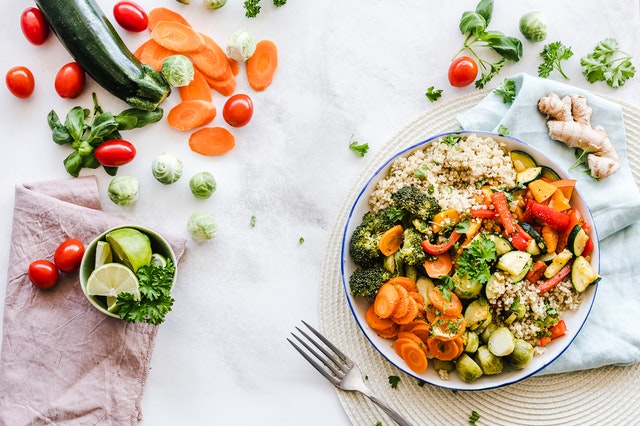Many people have used salt and sodium interchangeably; however, they are not the same. Discover the differences to make healthy choices.
You attempt to eat healthily or a doctor’s advice to “eat a low-sodium diet” or “watch your salt intake.” But then you get to the grocery store and find yourself staring at the word “sodium” on the nutrition label but see the word “salt” in the ingredients listing. You then wonder which one you are supposed to pay attention to. It shouldn’t be this hard, and why is this so confusing?
Understanding the terms salt and sodium
Salt (or table salt) is also known as sodium chloride for those who remember high school chemistry. So, in essence, sodium can be found in salt. There are, however, some salts that either don’t have sodium or don’t contain the same amount of sodium as table salt. Salt is mainly measured in teaspoons, while sodium is primarily measured in milligrams (mg).
For example:
- 1 tsp salt Equals 600 mg
- 1 tsp salt Equals 1200 mg
- 1 t salt Equals 1800 mg sodium
- 1 teaspoon salt = 2,300 mg sodium
Most people know that low-sodium or no-sodium diets are healthier. And even though sodium is an essential nutrient, the American Heart Association (AHA) salt intake should not exceed 1,500 mg per day to lower the risk of cardiovascular disease.
What items are best to avoid?
Unfortunately, sodium can be found in anything from medications to processed food, so it can be highly challenging to avoid it altogether. Most natural foods contain sodium, but much more is added during processing. As a result, processed foods account for up to 75% of salt consumption, according to the AHA and the CDC.
The ingredients label will tell you whether the item includes sodium. For example, “soda” refers to baking soda. One teaspoon of baking soda equals 1,000 mg of sodium. That’s almost your whole day’s recommendation! Just watching out for the word “sodium” will alert you, such as ingredients like sodium nitrate, sodium citrate, monosodium glutamate (also known as MSG), and sodium benzoate.
Another important rule of thumb is always to check the serving size of the food. For example, if a bread label states one serving size (2 slices) contains 200 mg sodium, and you eat two sandwiches (using four slices of bread), you will be consuming 400 mg of sodium.
If you’re in a situation where the ingredient label is not in front of you, such as a restaurant, then look for low-sodium options on the menu. Most places are offering healthier alternatives. If you don’t see alternative options on the menu, assuming the food is high in sodium and adjust the remainder of your meals for the day and even for the week. Another alternative is to inquire about low-sodium food choices.
Initiatives against sodium reduction of Americans
The National Salt Reduction Initiative (NSRI) is a group of local and state health officials and organizations that work to help food manufacturers, and restaurants cut back on the amount of salt in their products. Their goal is to reduce Americans’ salt intake by 20% over the next five years. They estimate that this will result in the yearly saving of tens of thousands of lives and billions in healthcare costs.
National endeavor to prevent 1 million heart attacks and strokes in five years. The DHHS released it in September 2019. The program intends to concentrate, coordinate, and expand cardiovascular disease preventive initiatives across the public and private sectors in order to accomplish its objectives.


